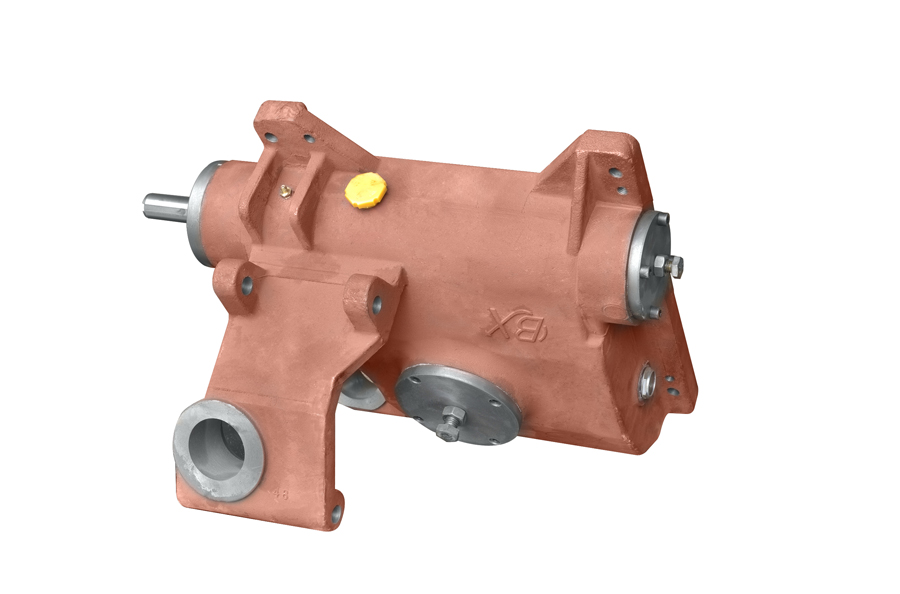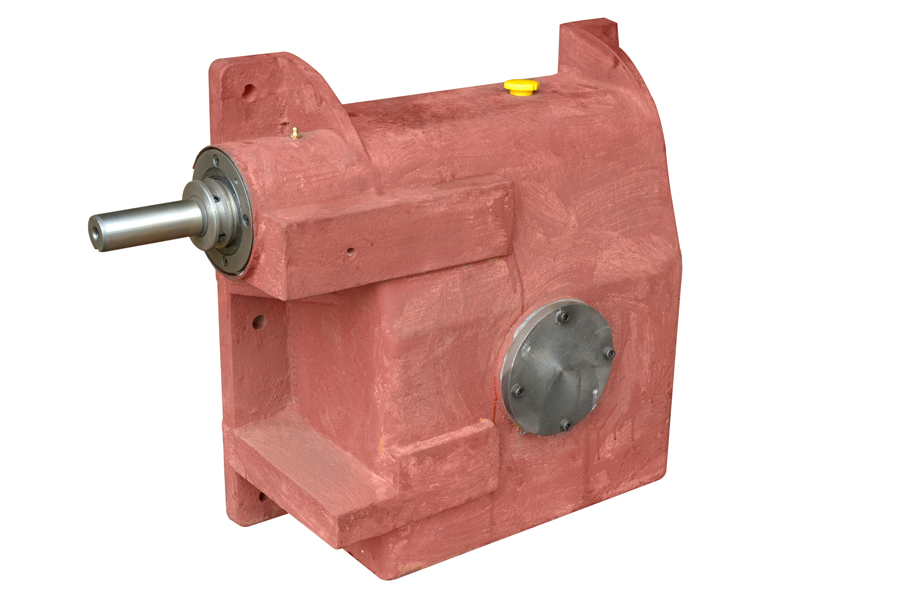
One: The heating temperature of the salt furnace is 840~850℃, the heat preservation is 10min, water cooling, low temperature tempering.
Metallographic analysis and hardness test: the hardness of the worm tooth root is above 50HRC, and the depth of the hardened layer is about 2.5mm.Magnetic particle inspection and metallographic analysis found that most of the worms have small cracks. The cracks are located at the root of the tooth, with an average length of 4-5mm. This is because the diameter of the root of the worm is just within the dangerous size range of 45 steel conventional quenching.
Two: Salt furnace sub-temperature heating 780~790℃, holding time for 10min, water cooling, low temperature tempering.
Metallographic analysis and hardness test: the hardness of the worm teeth is above 45HRC, the depth of the hardened layer is about 2mm, and the microhardness test shows that the hardness gradient distribution is reasonable.Magnetic particle inspection and metallographic analysis did not find quenching cracks in the worm.
Three: Salt furnace heating temperature 840~850℃, zero heat preservation for 1~2min, water quenching and oil cooling, low temperature tempering.
Metallographic analysis and hardness test: the hardness of the worm gear is above 45HRC, and the depth of the hardened layer is about 2mm.The microhardness test found that the hardness gradient distribution is reasonable.Magnetic particle inspection and metallographic analysis also found no quenching cracks.




